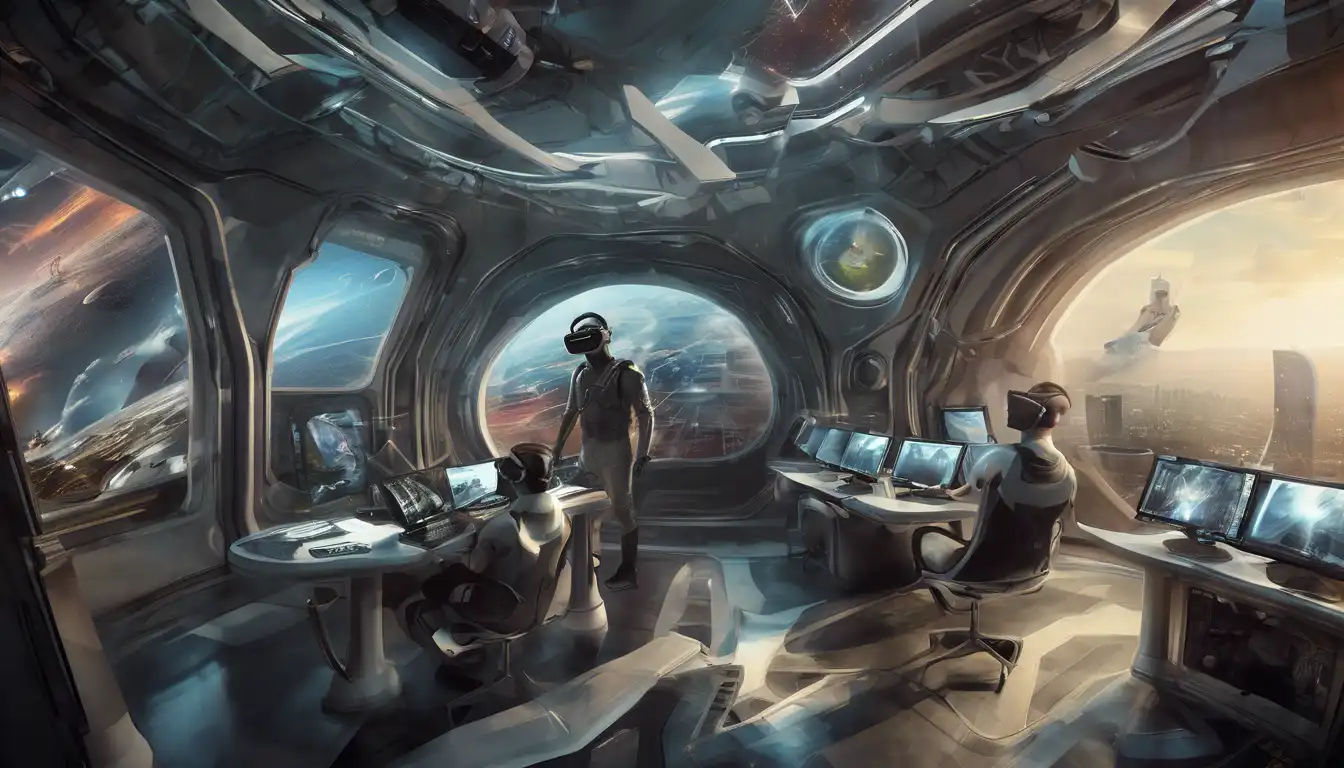Introduction to Virtual Reality
Virtual Reality (VR) is rapidly becoming one of the most exciting and innovative fields in technology today. With its ability to immerse users in a completely digital environment, VR is setting the stage for a revolution in how we interact with digital content. From gaming and entertainment to education and healthcare, the potential applications of VR are vast and varied.
The Evolution of Virtual Reality
The concept of VR is not new. It has been around for decades, evolving from the rudimentary systems of the 1960s to the sophisticated, high-resolution headsets available today. This evolution has been driven by advancements in computing power, graphics technology, and user interface design, making VR more accessible and immersive than ever before.
Current Applications of VR
Today, VR is being used in a variety of fields. In the gaming industry, it offers players an unparalleled level of immersion. In education, VR can transport students to historical sites or simulate complex scientific phenomena. Healthcare professionals are using VR for everything from surgical training to therapy for PTSD. The possibilities are endless, and we're only just beginning to scratch the surface.
The Future of Virtual Reality
As technology continues to advance, the future of VR looks brighter than ever. With the development of more compact and powerful headsets, along with improvements in haptic feedback and motion tracking, VR is set to become even more immersive and realistic. The integration of AI and VR could open up new possibilities for personalized and adaptive virtual experiences.
Challenges and Considerations
Despite its potential, VR faces several challenges. Issues such as motion sickness, the high cost of equipment, and the need for more content are hurdles that need to be overcome. Additionally, as VR becomes more prevalent, questions about privacy and data security will become increasingly important.
Conclusion
Virtual Reality represents a significant leap forward in how we interact with technology. Its ability to create immersive, interactive experiences has the potential to transform industries and change the way we live, work, and play. As we continue to explore this uncharted territory, the possibilities are limited only by our imagination.
For more insights into the latest trends in technology, check out our articles on Tech Innovation and Future Trends.
